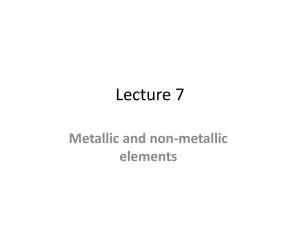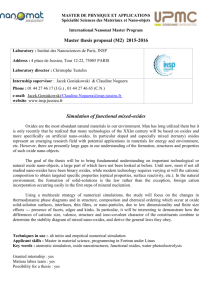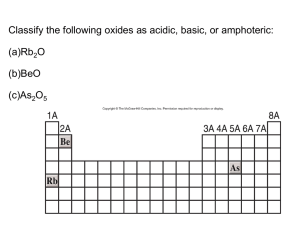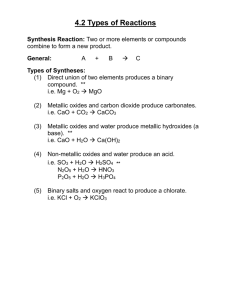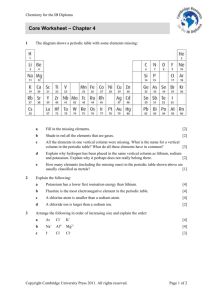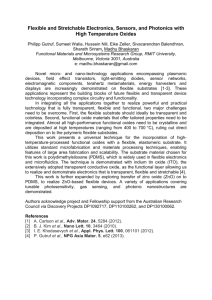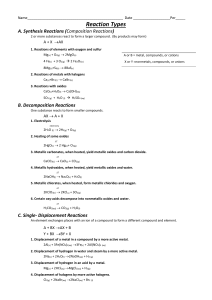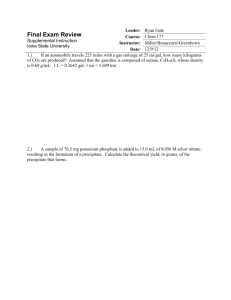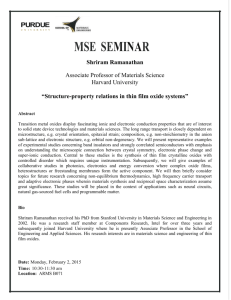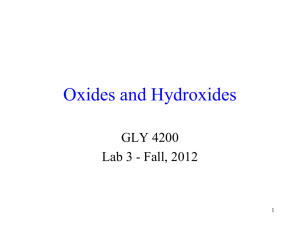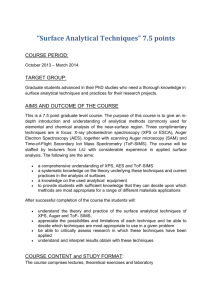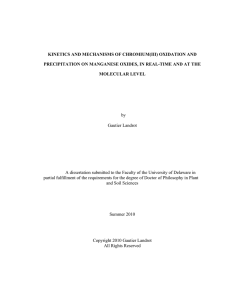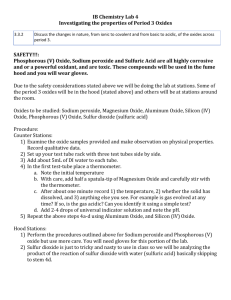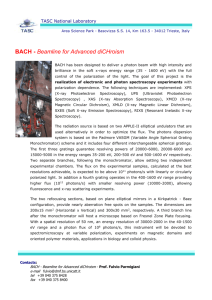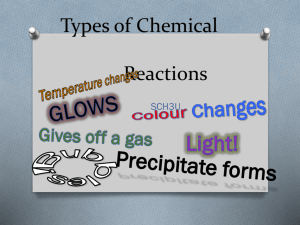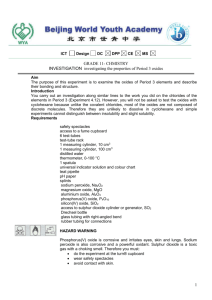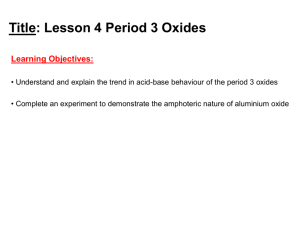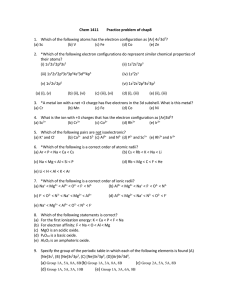Binghamton University Department of Physics, Applied Physics and
advertisement
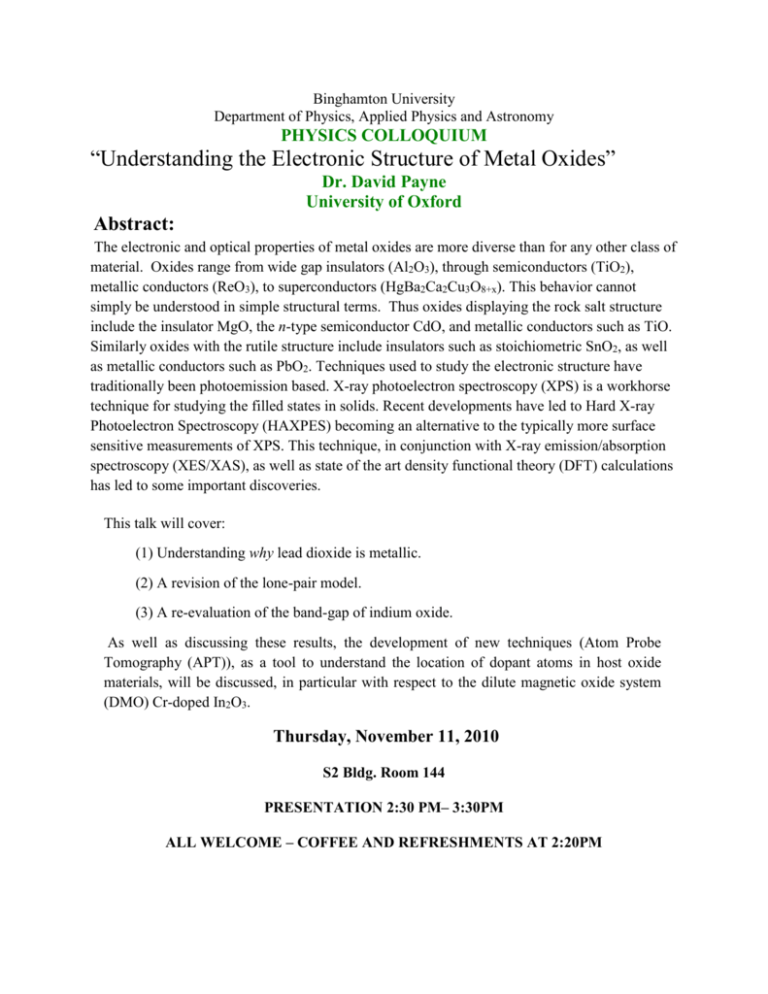
Binghamton University Department of Physics, Applied Physics and Astronomy PHYSICS COLLOQUIUM “Understanding the Electronic Structure of Metal Oxides” Dr. David Payne University of Oxford Abstract: The electronic and optical properties of metal oxides are more diverse than for any other class of material. Oxides range from wide gap insulators (Al2O3), through semiconductors (TiO2), metallic conductors (ReO3), to superconductors (HgBa2Ca2Cu3O8+x). This behavior cannot simply be understood in simple structural terms. Thus oxides displaying the rock salt structure include the insulator MgO, the n-type semiconductor CdO, and metallic conductors such as TiO. Similarly oxides with the rutile structure include insulators such as stoichiometric SnO2, as well as metallic conductors such as PbO2. Techniques used to study the electronic structure have traditionally been photoemission based. X-ray photoelectron spectroscopy (XPS) is a workhorse technique for studying the filled states in solids. Recent developments have led to Hard X-ray Photoelectron Spectroscopy (HAXPES) becoming an alternative to the typically more surface sensitive measurements of XPS. This technique, in conjunction with X-ray emission/absorption spectroscopy (XES/XAS), as well as state of the art density functional theory (DFT) calculations has led to some important discoveries. This talk will cover: (1) Understanding why lead dioxide is metallic. (2) A revision of the lone-pair model. (3) A re-evaluation of the band-gap of indium oxide. As well as discussing these results, the development of new techniques (Atom Probe Tomography (APT)), as a tool to understand the location of dopant atoms in host oxide materials, will be discussed, in particular with respect to the dilute magnetic oxide system (DMO) Cr-doped In2O3. Thursday, November 11, 2010 S2 Bldg. Room 144 PRESENTATION 2:30 PM– 3:30PM ALL WELCOME – COFFEE AND REFRESHMENTS AT 2:20PM
